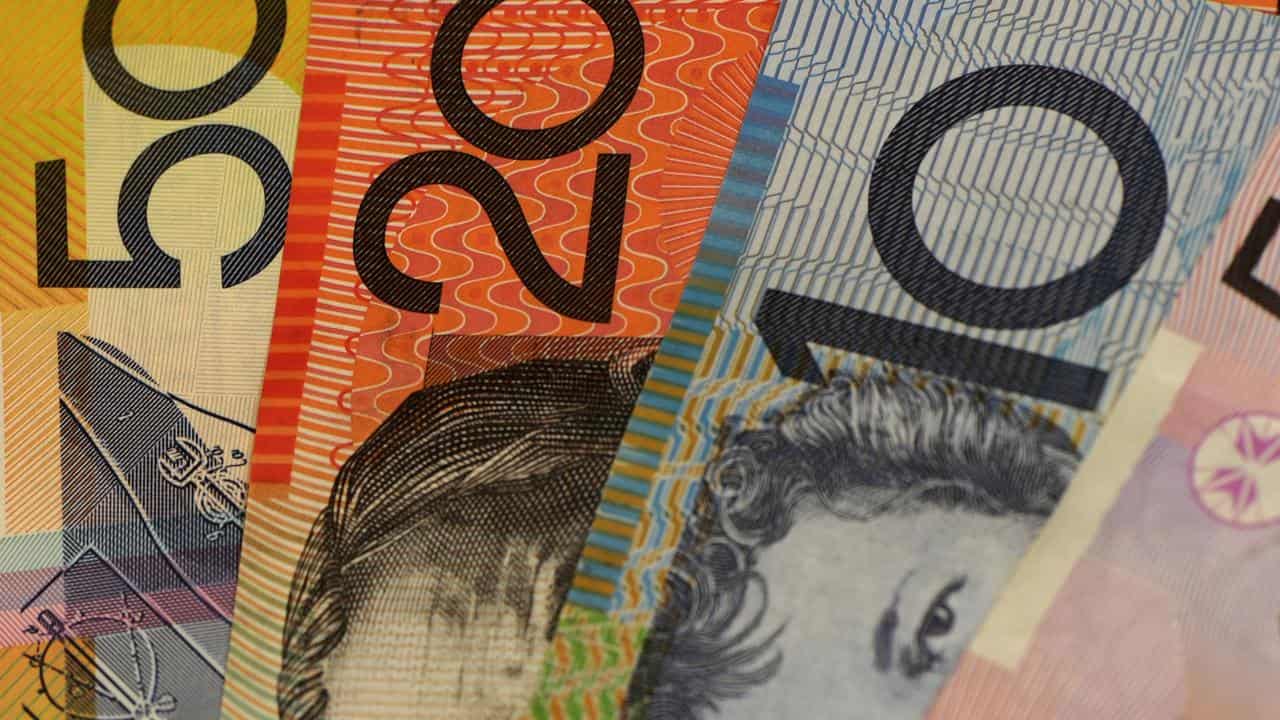
The rebounding property market has fuelled an improvement in household balance sheets but shrinking deposits point to financial pressure.
Household wealth as measured by the Australian Bureau of Statistics lifted 2.6 per cent in the three months to June to a total of $15.1 trillion.
Residential land and dwellings drove the uptick in household wealth, contributing 2.1 percentage points to the quarterly improvement.
The property market has been in recovery mode for much of the year, with CoreLogic’s national home value index recording its sixth consecutive monthly rise in August.
This followed a slump last year as interest rate hikes eroded confidence and weighed on borrowing capacity.
ABS head of finance statistics Mish Tan said population growth had supported demand for housing at the same time as the supply of new and established dwellings to the market remained constrained.
Superannuation assets also fed into the quarterly growth in household wealth, contributing 0.3 percentage points to the result.
Solid performance in overseas share markets, higher employee contributions from the strong labour market, and the usual uptick in post-tax contributions pushed super balances higher.
There were a few signs of strain on household balance sheets, however, with deposit accounts shrinking $6 billion - the first quarterly decline since June quarter 2007.
“This was the first fall in deposit balances since the Global Financial Crisis and indicates that the household sector was tapping into cash reserves amid rising cost pressures,” Dr Tan said.
She said this was consistent with the declining household savings ratio revealed in the national accounts.
"Higher interest rates and income tax payable, paired with high consumer inflation, has reduced households’ savings buffers,” she said.




